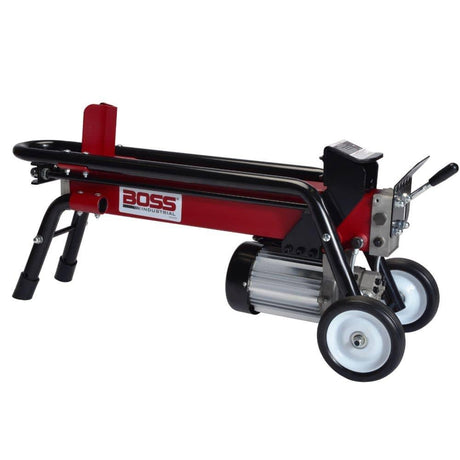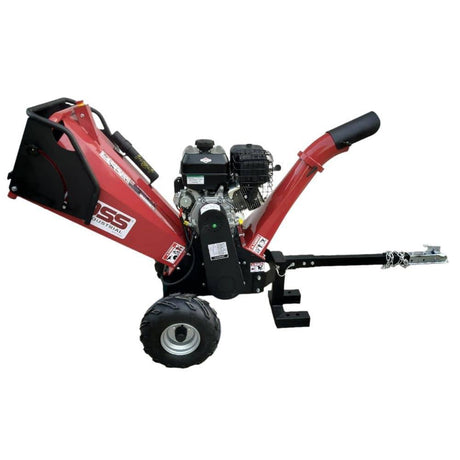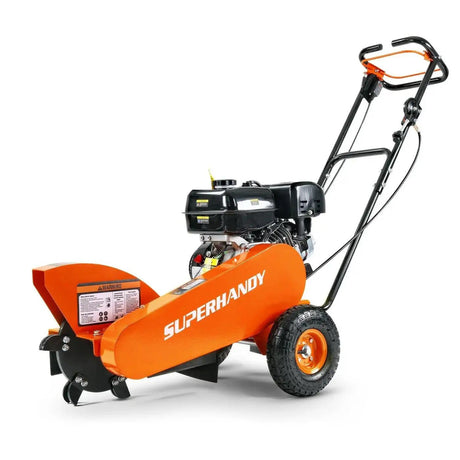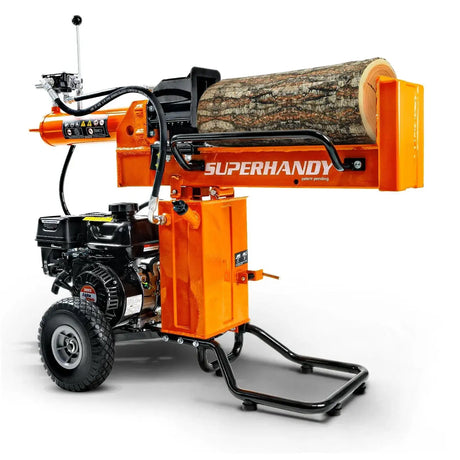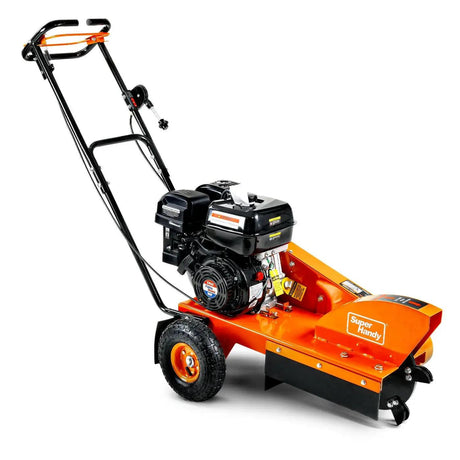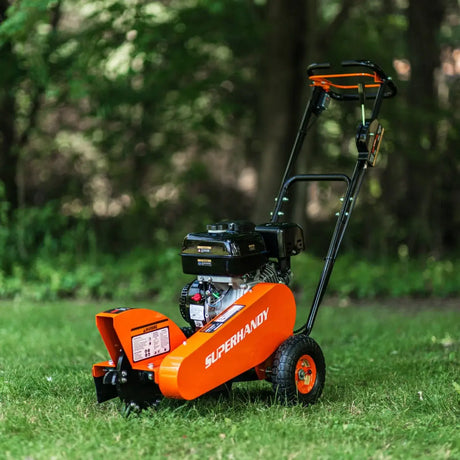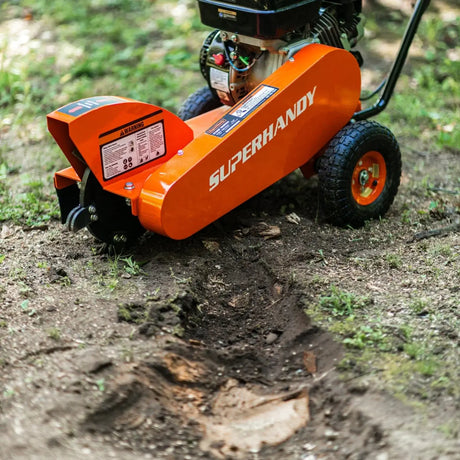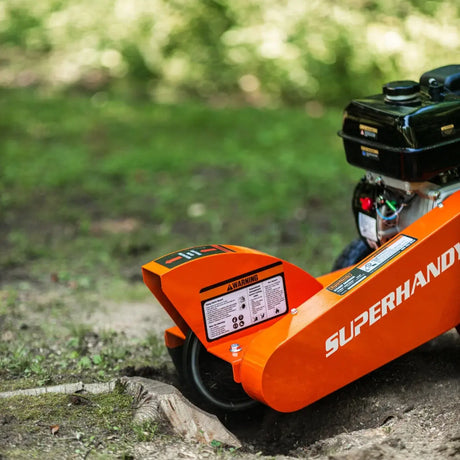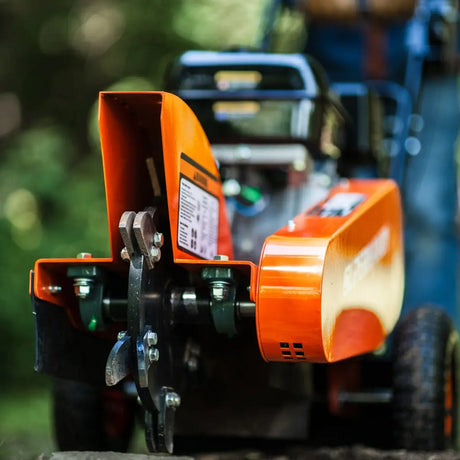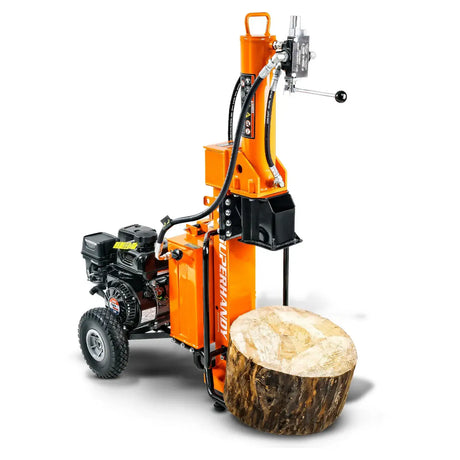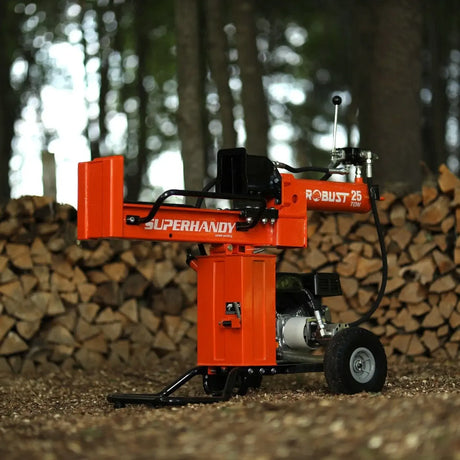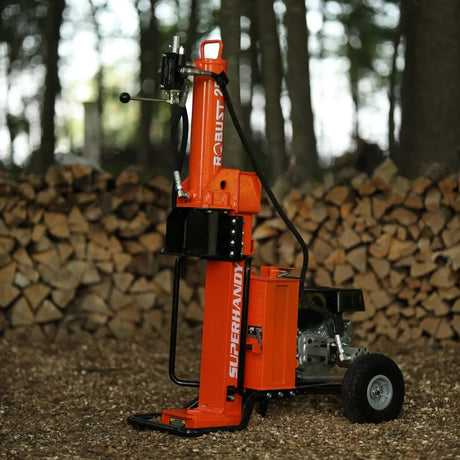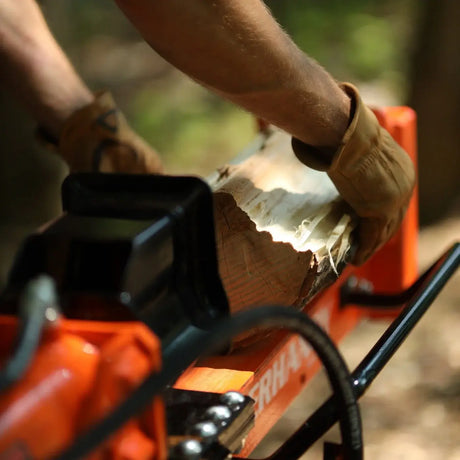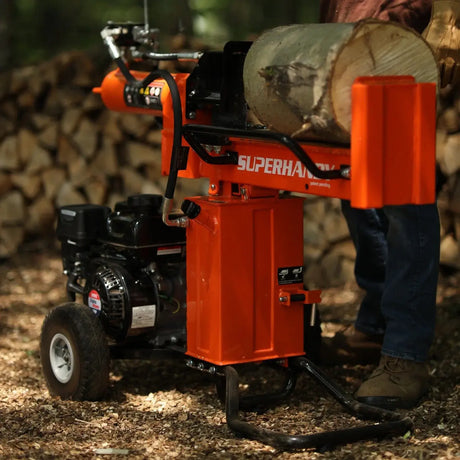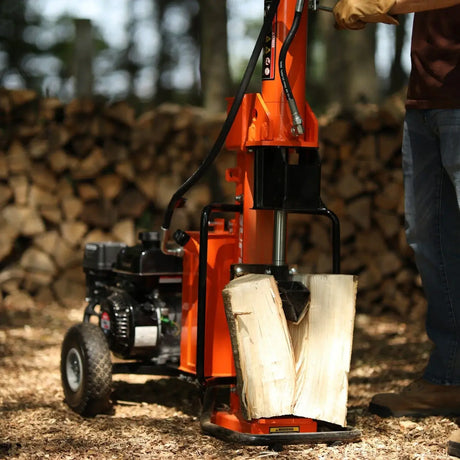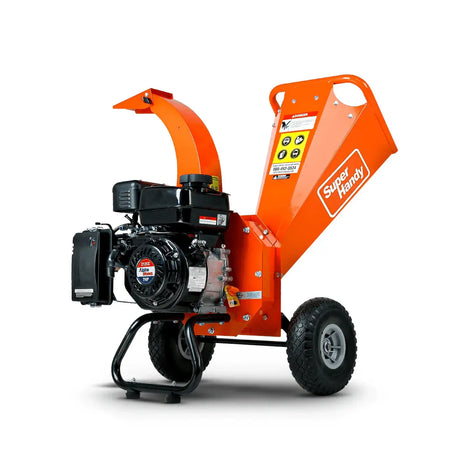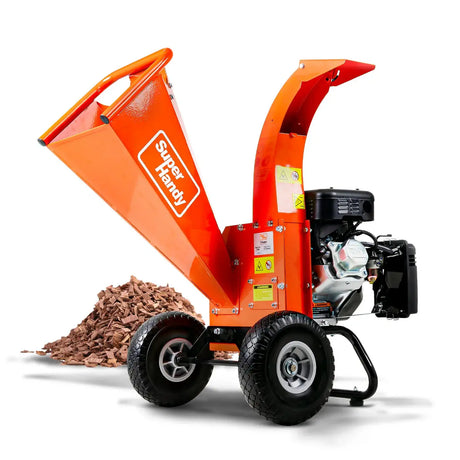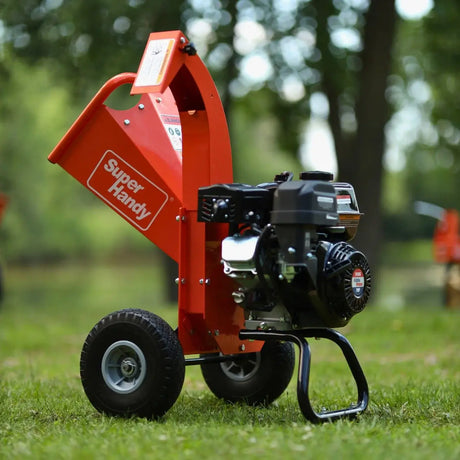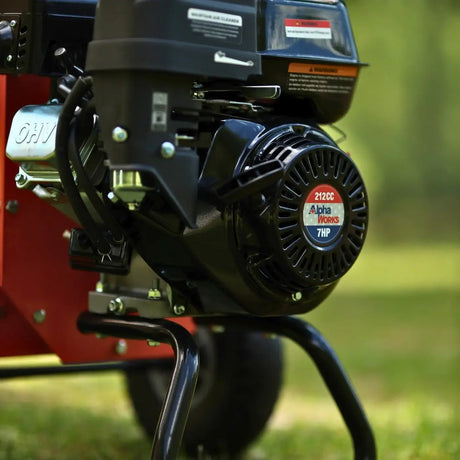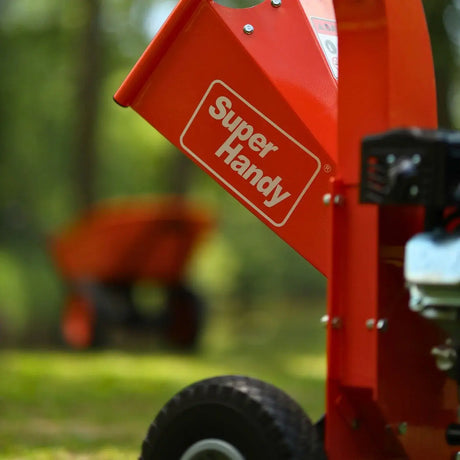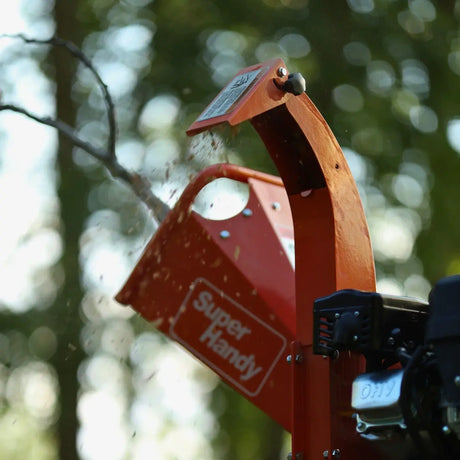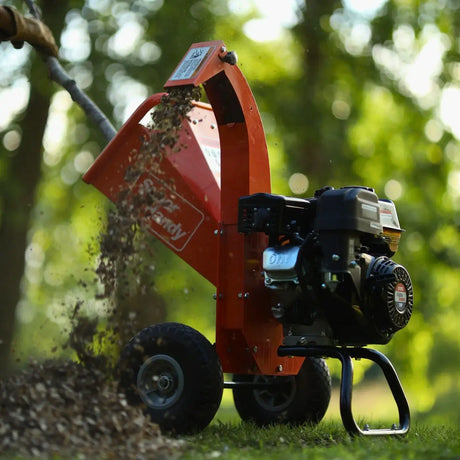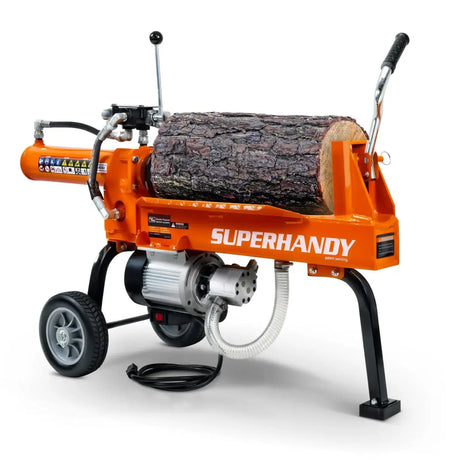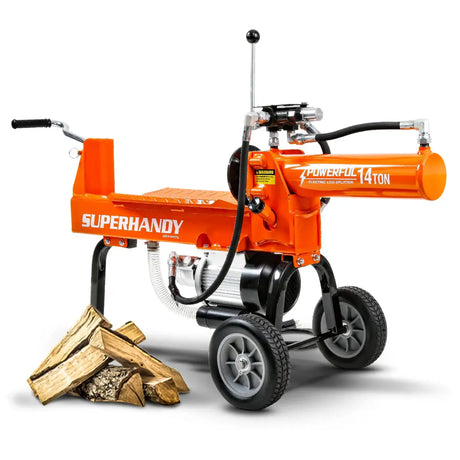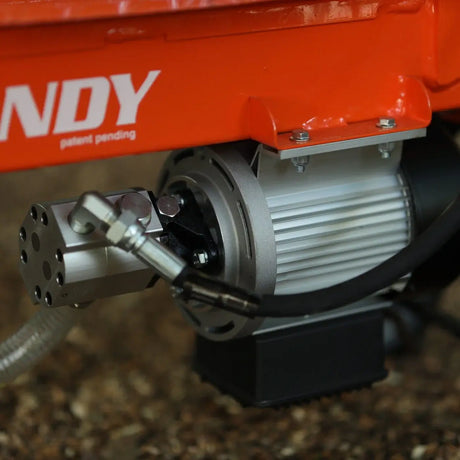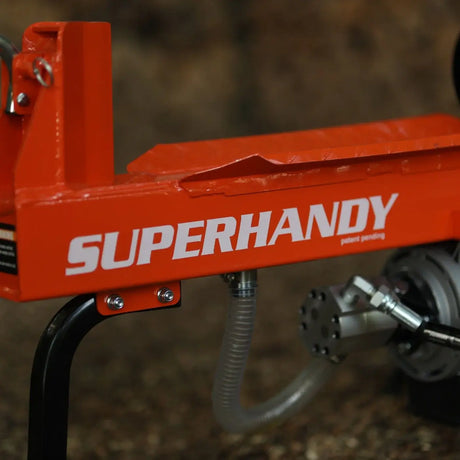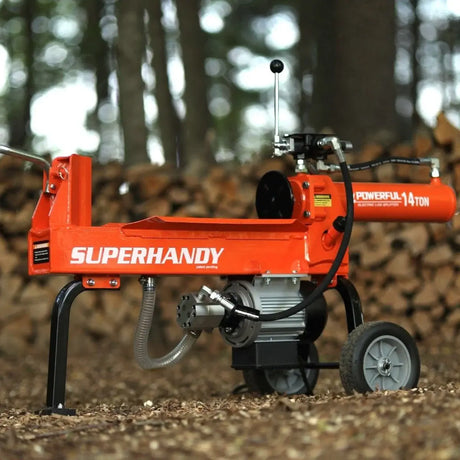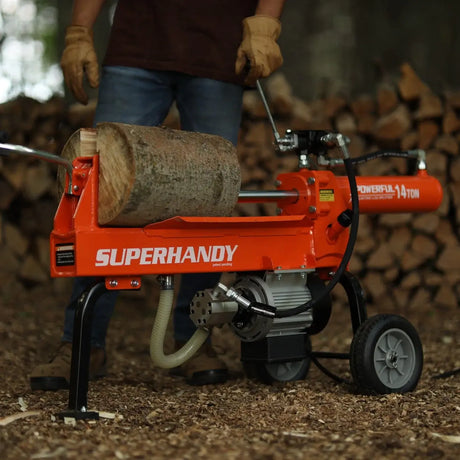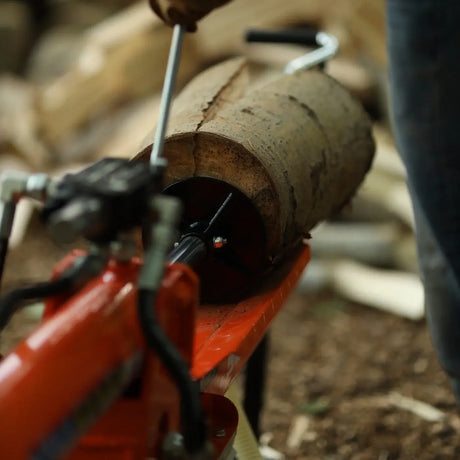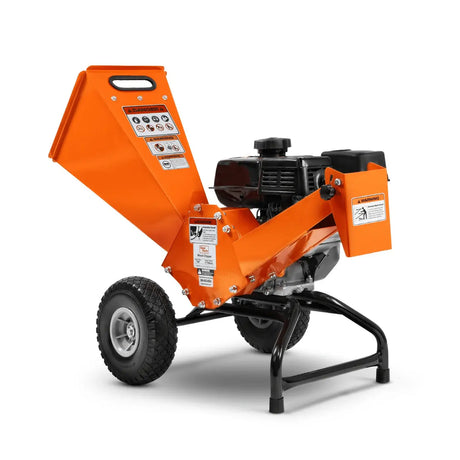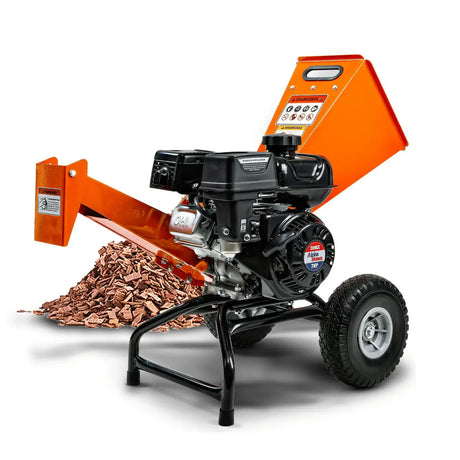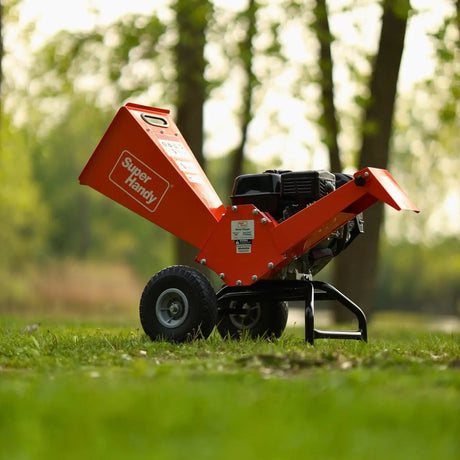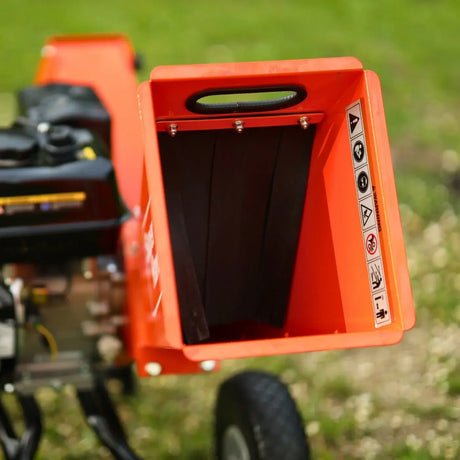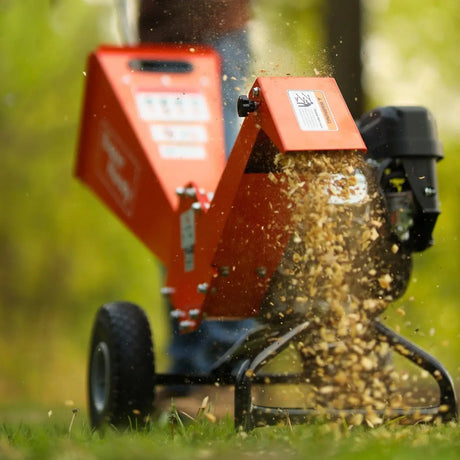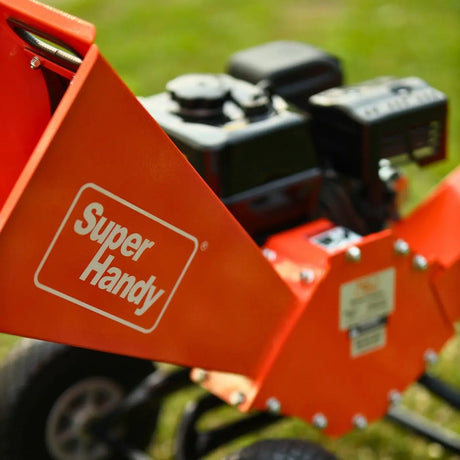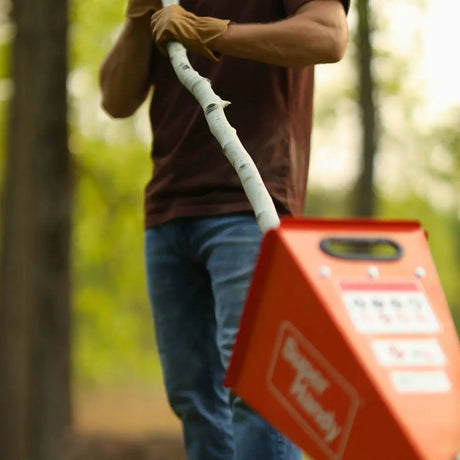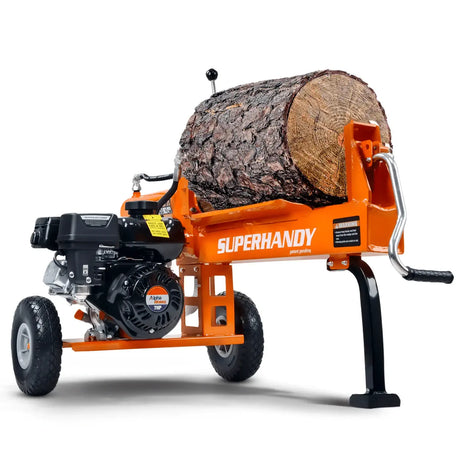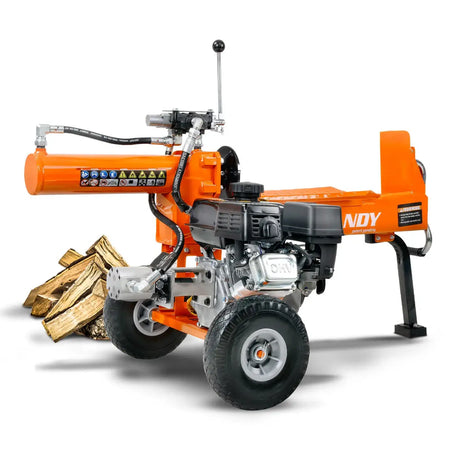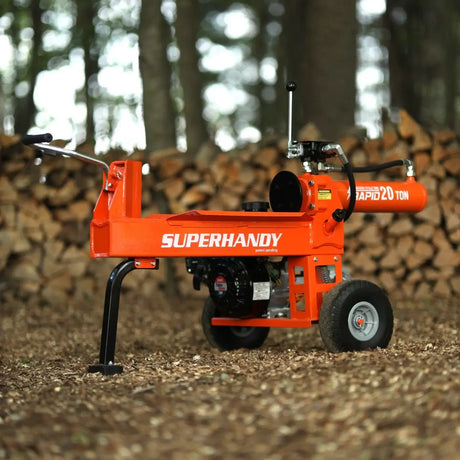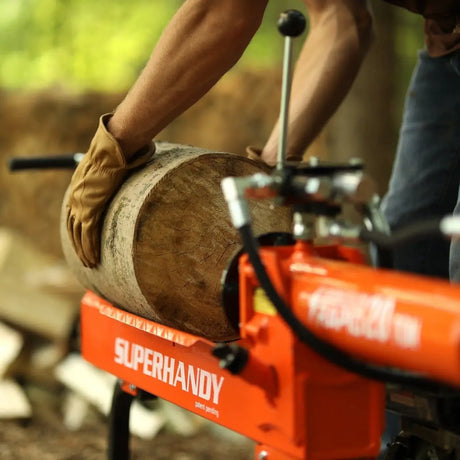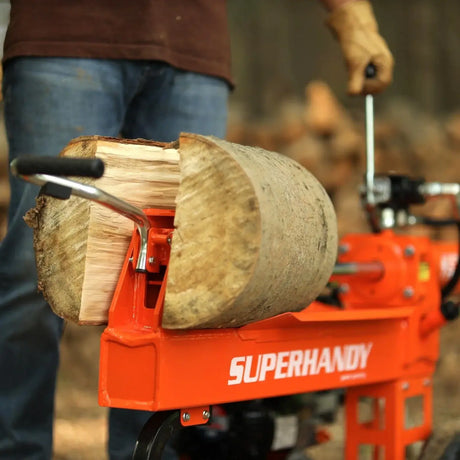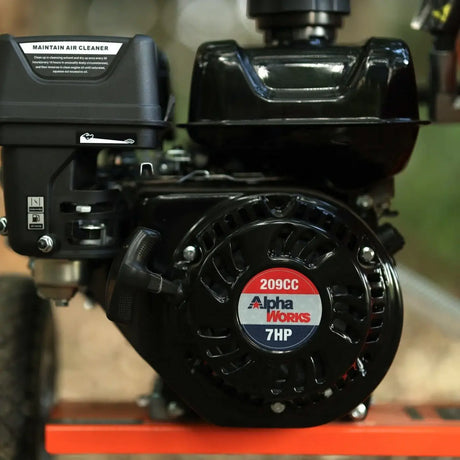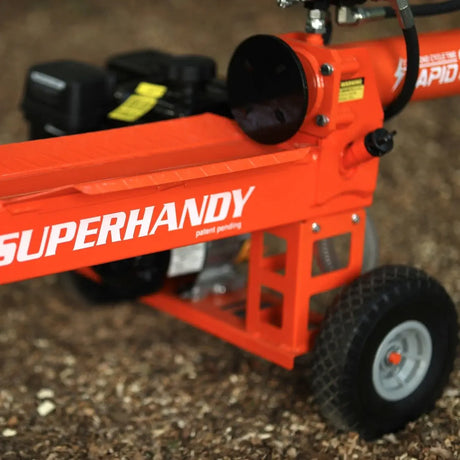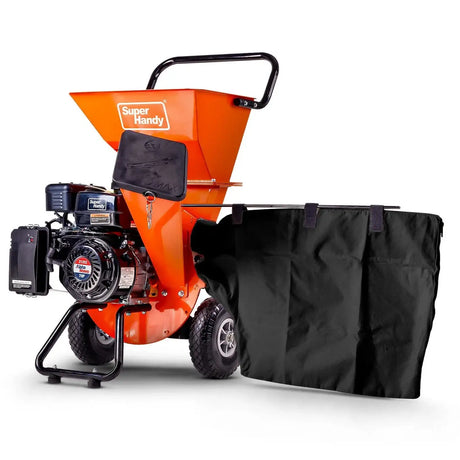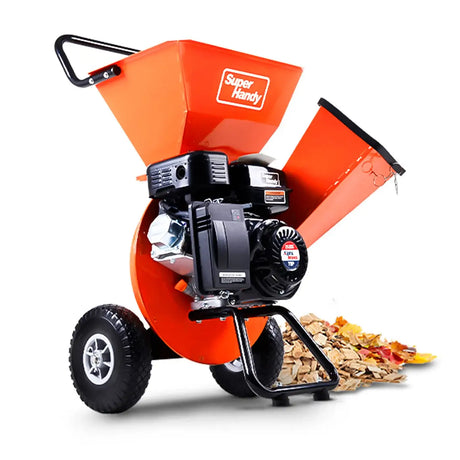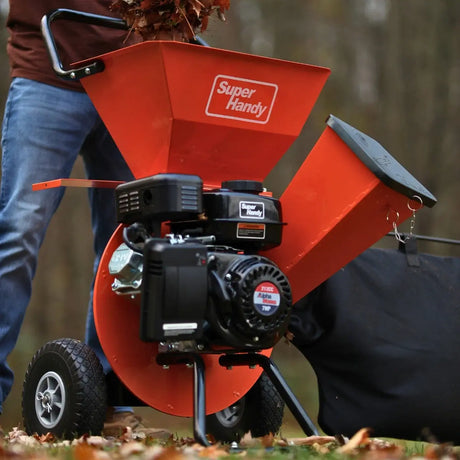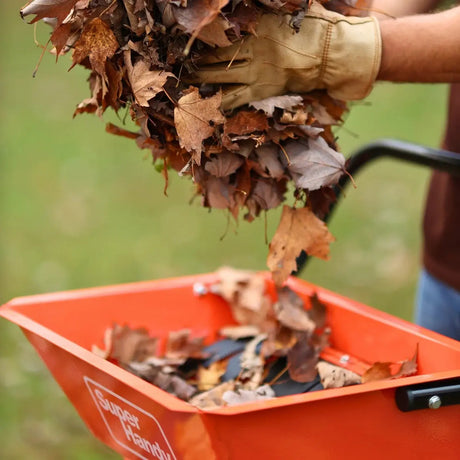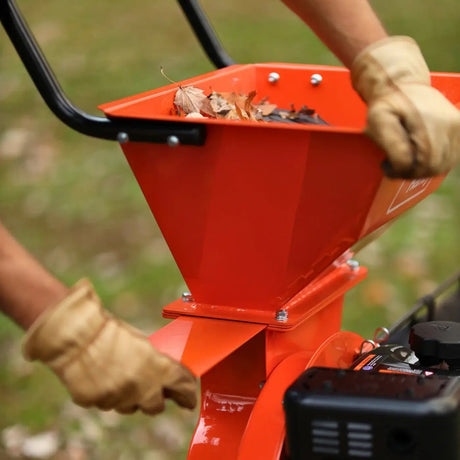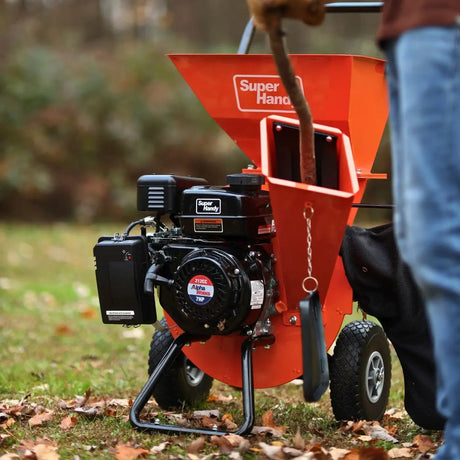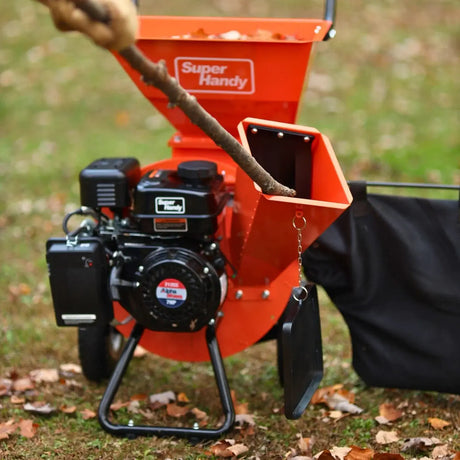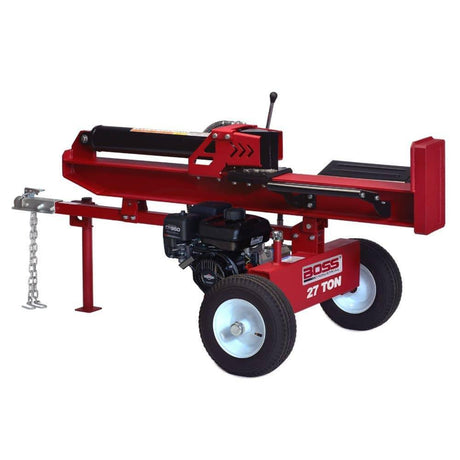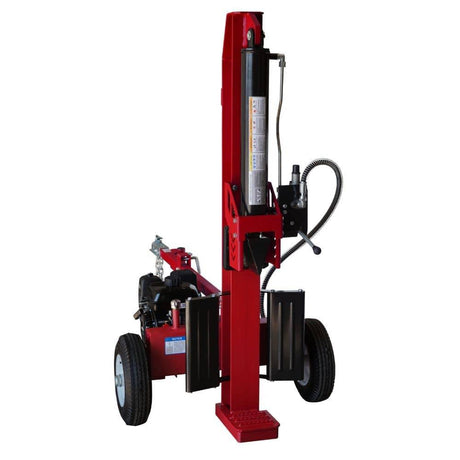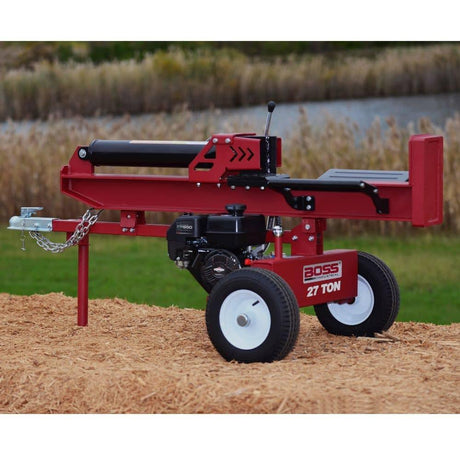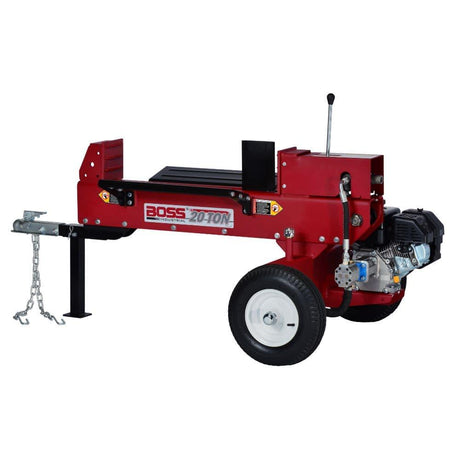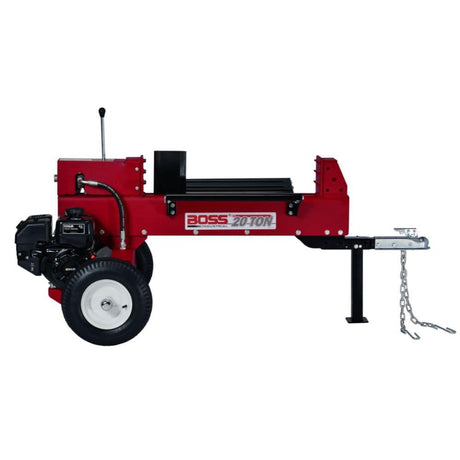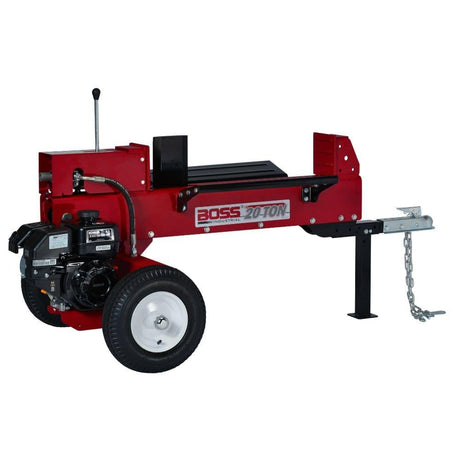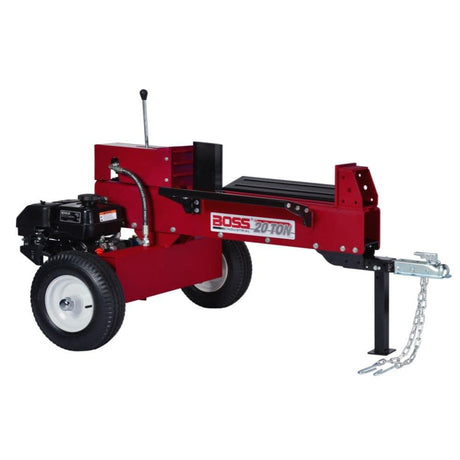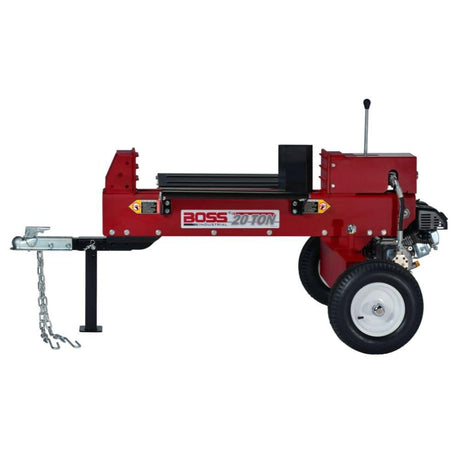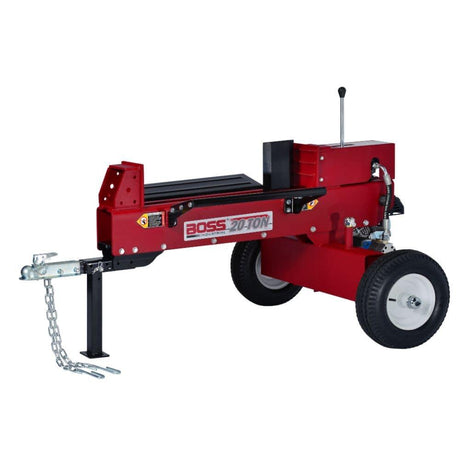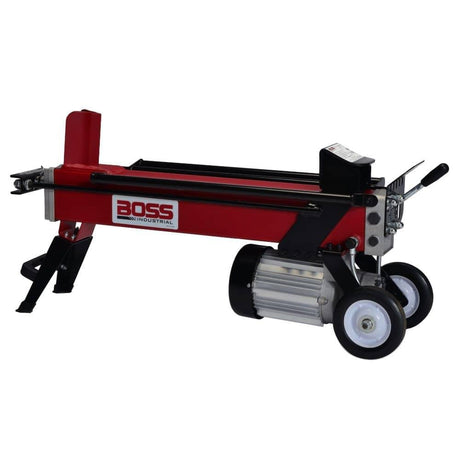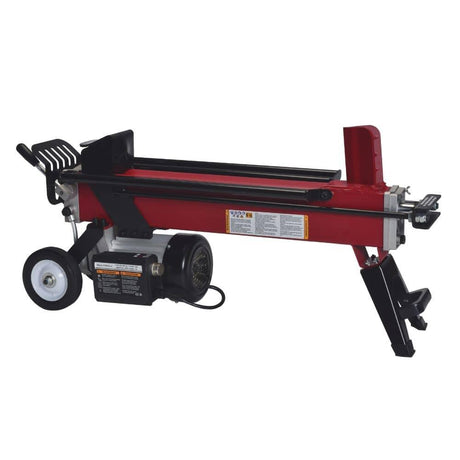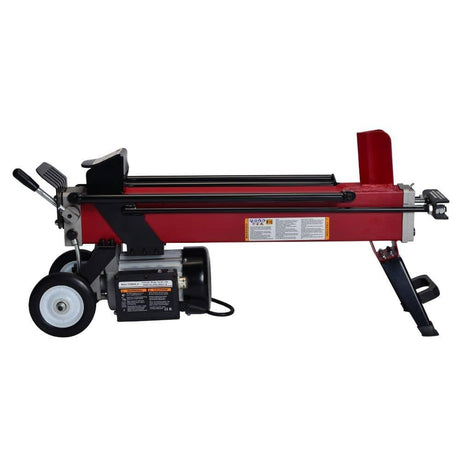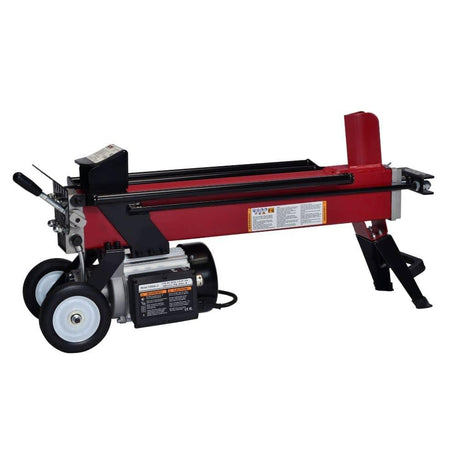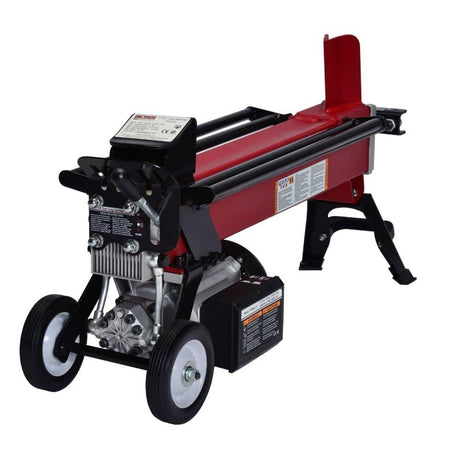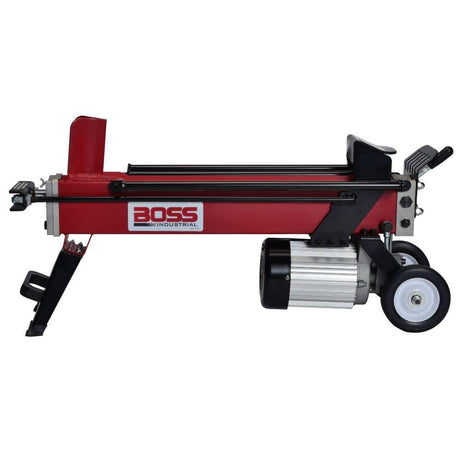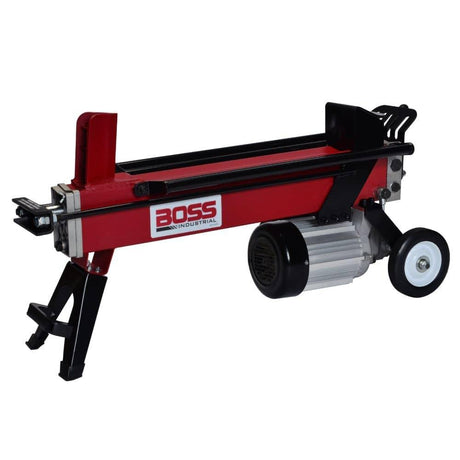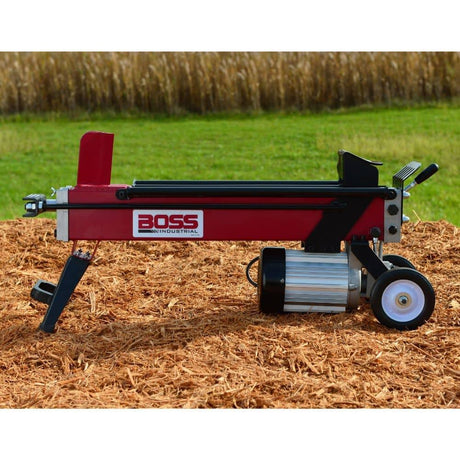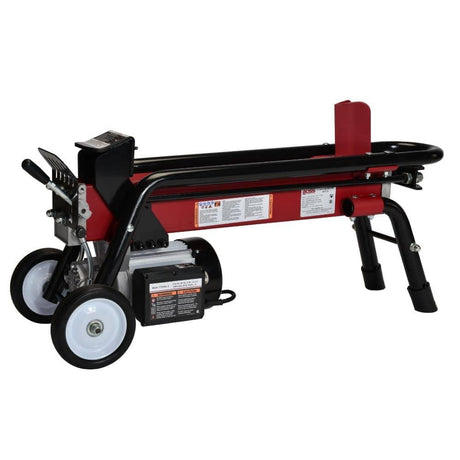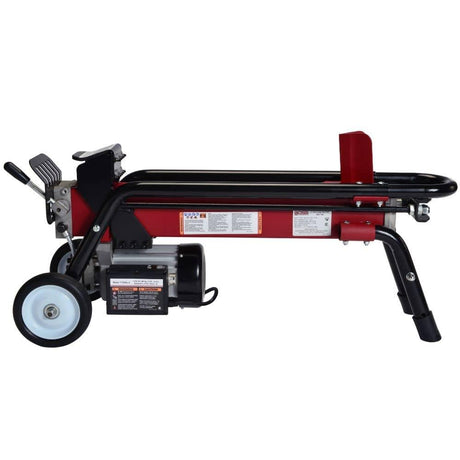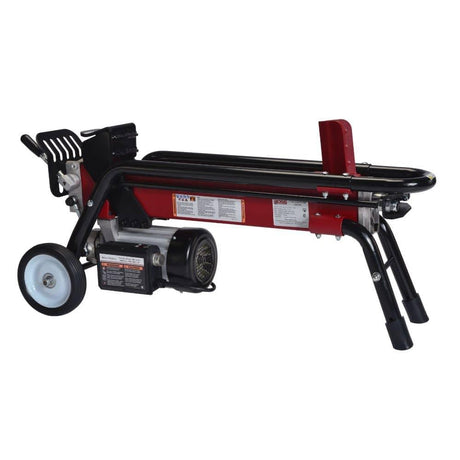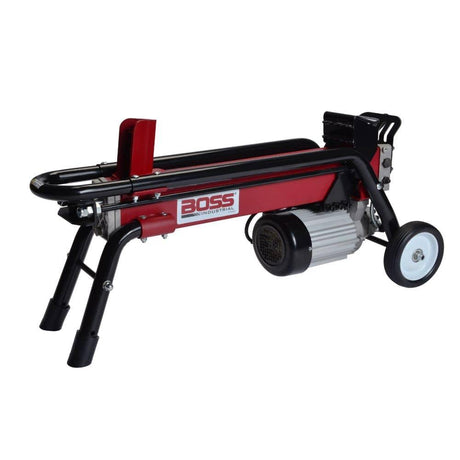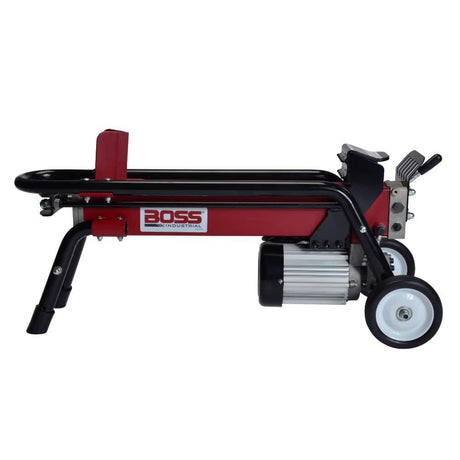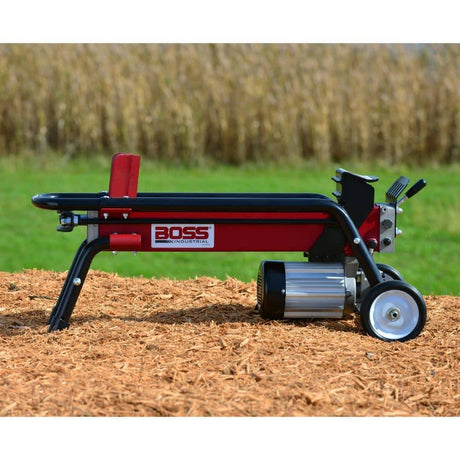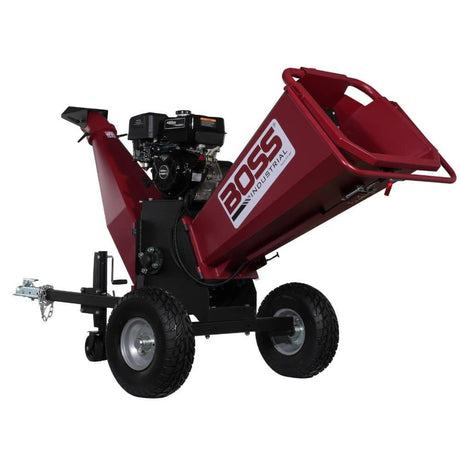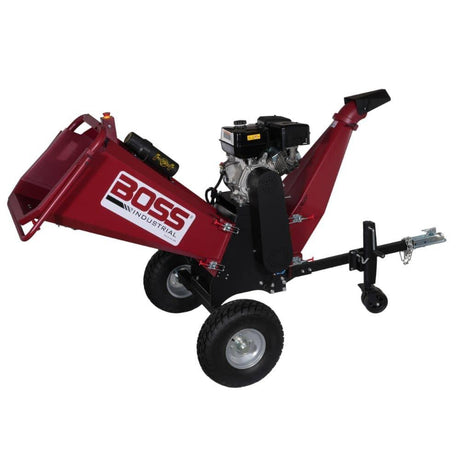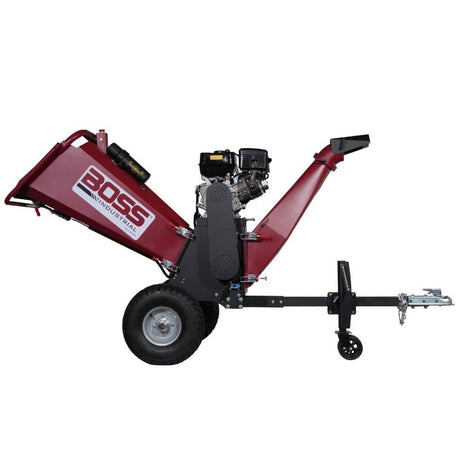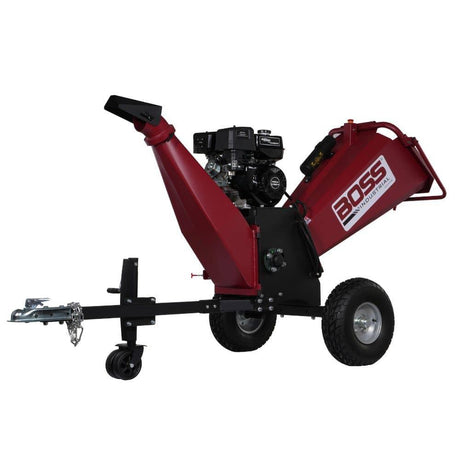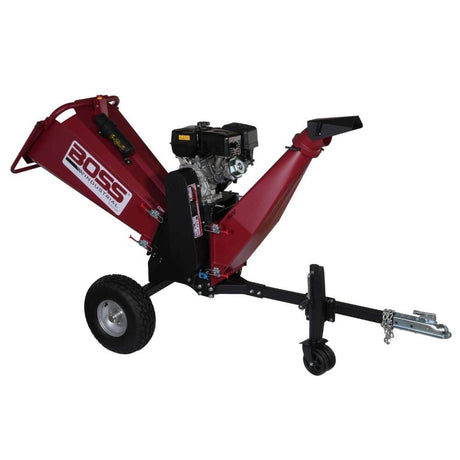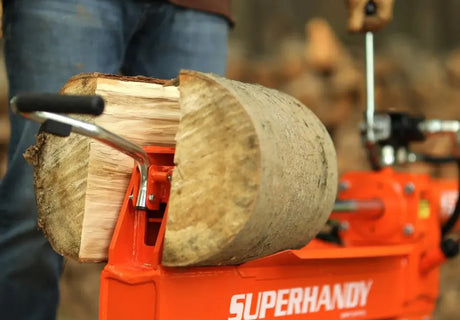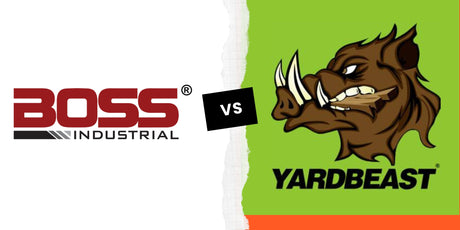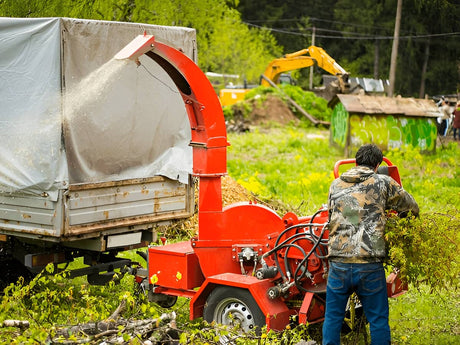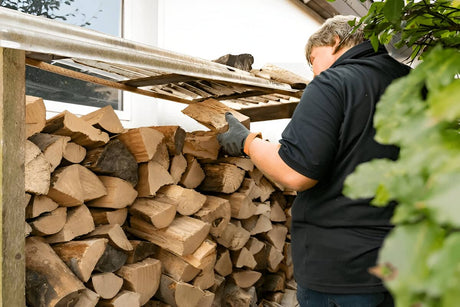Thinking about whether it's finally time to move on from your old machine? This section will walk you through clear, real-world signs that point to one thing: it's time to upgrade your log splitter. Whether you're dealing with tough logs, slow cycles, or growing demand, this guide will help you decide.
Key Takeaways
- If you're struggling with tough logs, dealing with frequent breakdowns, or noticing a drop in log splitter performance, it may be time to upgrade.
- Today's log splitter models are faster, more powerful, and easier to maintain-especially with better hydraulic systems, smart upgrades, and built-in safety features.
- Whether you're using a hydraulic log splitter, electric log splitter, or gas engine model, choosing the right upgrade will save time, effort, and fuel.

Struggling with Tough Logs
Let's be honest-very tough logs are where most cheaper or older machines start to fail. If you're working with knotted hardwood, big rounds, or wet greenwood that won't budge, your splitter might be underpowered.
Here's how you know it's time:
- You're constantly re-positioning logs that won't split.
- You're getting split logs that are uneven, stringy, or not fully separated.
- Your hydraulic pressure feels inconsistent, or the wedge gets stuck halfway.
The problem? Most older wood splitters (or lightweight models) don't have enough power or tonnage. If you're spending more time wrestling with wood than actually splitting, consider moving to a higher-tonnage gas powered unit with a stronger hydraulic pump.
A modern log splitter with 25+ tons and a reliable hydraulic system can split through dense wood types like oak or hickory without blinking. That's real optimal performance.

Frequent Breakdowns and Repairs
If your splitter seems like it's always down, you're not imagining things. Frequent breakdowns, leaking hydraulic fluid, or repeated repairs are common signs your equipment's wearing out.
Here's what to watch for:
- The hydraulic pump overheats or loses pressure.
- You see leaks around hydraulic hoses, fittings, or the pump housing.
- Your engine power fades under load, especially with tough logs.
Running a log splitter with a failing hydraulic system isn't just inefficient-it's expensive. You're wasting fuel, risking damage to the entire system, and probably facing more costly repairs down the road.
Upgrading to a modern wood splitter helps you avoid all that. Today's machines are built with upgraded air filters, smarter oil filter placement, and stronger seals to handle longer run times and heavier workloads. And if you're still using a worn-out electric motor? It's likely time to switch to something more rugged.
Whether you're a homeowner splitting weekend firewood or processing full cords daily, investing in a dependable, high-performance log splitter can significantly reduce downtime and keep your machine's operation running smoothly.

Slow Cycle Times
If your log splitter takes forever to complete a single stroke, that's time and energy you'll never get back. Slow cycle times are a major red flag, especially if you're processing a lot of wood. For context, modern splitters can split logs in as little as 10 to 20 seconds. If yours is dragging past 30 seconds-or worse-your productivity is suffering.
Common causes of sluggish cycles:
- A weak or aging hydraulic pump.
- Low or dirty hydraulic fluid.
- A clogged oil filter or contaminated pump housing.
- A misaligned or worn-down stroke limiter, if you have one installed.
This isn't just about speed-it's about optimal performance. When your machine takes too long to cycle, it puts extra strain on the engine, burns more fuel, and reduces log splitter performance across the board. Upgrading to a splitter with a faster hydraulic system and better flow rate can significantly reduce the time spent per log, especially when paired with a stroke limiter.
Bottom line? Slow cycle times kill efficiency. If you're watching the ram crawl back into place every time you split, it's time to upgrade.
Inconsistent Performance
Inconsistent splits, stalling under pressure, or uneven split logs? These are all signs your current log splitter isn't cutting it anymore-literally.
You might notice:
- Logs only splitting halfway.
- The wedge stalling or bouncing off tough logs.
- Logs creating jagged, messy splits or flying apart unpredictably.
That inconsistency often comes from:
- Failing hydraulic pumps.
- Low hydraulic oil or contaminated hydraulic fluid.
- A dull wedge or issues with the machine's operation.
Even a gas engine with strong engine power can underperform if the hydraulic pressure isn't right. And when you're pushing your machine harder than it's built to handle, you're risking wear on the entire system.
If you're doing splitting firewood for heating, camping, or selling, consistent performance matters. It ensures smooth workflow, better stacking, and fewer wasted logs. A high-quality hydraulic log splitter with an efficient hydraulic pump and proper performance monitoring will give you clean, repeatable results every time.

Increasing Firewood Demand
Maybe you're heating a bigger home now. Maybe you've started selling bundles at the local market. Or maybe you're just burning more wood because winter's been rough. Whatever the reason, your current setup isn't keeping up.
Here's how to tell:
- You're spending full weekends just trying to split enough wood to get through the week.
- You're burning through gas, oil, and energy but not seeing results.
- Your electric splitter is maxed out, and even easy-to-split wood is starting to bog it down.
That's when a gas powered or hydraulic log splitter becomes not just helpful, but necessary. They deliver more power, longer runtimes, and high efficiency when you need it most. Models with strong hydraulic pressure, reinforced pump housings, and smart design features are built to split logs in bulk-no problem.
As demand rises, an underperforming splitter just can't compete. Upgrading ensures you meet firewood goals without burning out your machine-or yourself.
Choosing the Right Log Splitter Upgrade
Choosing a new log splitter isn't just about picking the one with the biggest engine or fastest cycle time. It's about finding the right fit for your needs, your workflow, and the kind of wood you deal with. Whether you're moving from an old electric log splitter or upgrading a worn-out hydraulic splitter, this section walks you through everything you need to make the right call.

Assessing Your Needs
Start with your wood type and how often you split.
Ask yourself:
- Are you regularly handling very tough logs like hickory or knotty oak?
- How much firewood do you need per season?
- Are you splitting in a fixed location or do you need something mobile?
If you're processing split logs weekly or managing more wood than your current setup allows, a higher-tonnage gas powered model may be the better long-term option. The right size splitter depends on both wood type and volume.
Evaluate:
- Engine power (important for splitting denser wood)
- Hydraulic pump flow rate (GPM) and hydraulic pressure (PSI)
- Cycle time
- Max log size
This is where technical specifications matter. Matching those numbers to your workload is what ensures optimal performance-not just now, but as your needs grow.
Gas vs. Electric Log Splitters
This is the classic decision point. Let's break it down simply.
Gas Powered Log Splitters
- Best for tough logs and high-volume work
- Ideal for outdoor jobs far from a power supply
- More engine power, faster cycle times
- Slightly higher upkeep: air filters, oil level, and hydraulic fluid need regular checks
If you're serious about productivity or splitting wood commercially, gas powered models are your go-to.
Electric Log Splitters
- Quieter, compact, and great for residential use
- Plug into a standard outlet-lower energy use, less fuel
- Easy to store and maintain
- Usually under 10 tons, so limited power on larger logs
They're perfect for light-duty home use or as a handy log splitter for occasional jobs. But once you're handling larger branches or higher demand, an electric splitter might not have enough power.
For more details about log splitters type, check out our comparison between electric and gas log splitters.
Key Features to Look For
Whether gas or electric, here's what to look for in your next upgrade:
1. Hydraulic System Quality
- A high-quality hydraulic pump, solid pump housing, and reliable hydraulic hoses are critical for longevity.
- Check for easy access to the oil drain plug, and always follow the manufacturer's guidelines when refilling or flushing.
2. Durable Materials
- A rugged steel frame, reinforced wedge, and sealed components help prevent wear and ensure smooth operation under tough conditions.
3. Ergonomics & Usability
- Features like a log catching rack, adjustable height, or vertical/horizontal operation make a big difference over time.
- Stroke limiter options reduce cycle time for shorter logs and boost speed.
4. Maintenance-Friendly Design
- Look for models with easy access to air filters, oil filter, and hydraulic oil refill ports.
- A clear path to inspect hydraulic fluid or regularly check the system helps with timely repairs and avoiding major problems.
5. Consistent Performance
- Choose a model with solid user reviews for log splitter performance, or one you've seen in action with tree care professionals. A powerful hydraulic log splitter with a two-stage hydraulic pump offers the best balance between speed and force.
A good wood splitter doesn't just split logs-it saves you time, energy, and frustration. And when you get one built for your operating conditions, it'll keep running smoothly for seasons to come.

Enhancing Log Splitter Efficiency
Whether you're a weekend wood-splitter or processing firewood daily, improving log splitter performance makes your work faster, smoother, and a whole lot easier. Small tweaks and smart add-ons can dramatically reduce cycle times, improve handling, and prevent costly repairs down the road.
Let's break it down into what actually works.
Adding a 4-Way Splitting Wedge
Want to double or even quadruple your output? Add a 4-way splitting wedge. Instead of splitting a log in half, you now get four split logs in one pass.
Why it's a game-changer:
- Cuts labor time significantly
- Reduces hydraulic pressure demands per cut
- Lowers fuel and hydraulic oil usage over time
Compatible with most hydraulic log splitters, this simple upgrade can significantly reduce effort-especially on tough logs. Just make sure it matches your beam width and wedge height before installing.
💡 Pro tip: Match the wedge to your typical wood type. Dry hardwood splits cleanly with a 4-way; green or knotted logs might require a traditional single wedge to avoid jamming.
Installing Modifications Like Log-Catching Racks
If you're tired of constantly picking up split logs from the ground, this one's for you.
A log-catching rack keeps split wood at table height, so it doesn't fall off the splitter. That means:
- Faster stacking
- Less bending and lifting
- Cleaner work site and safer workflow
Installing one is pretty simple. Most log splitters allow bolt-on or weld-on racks. Just make sure the modification fits your model-technical specifications matter here. A poorly aligned rack can interfere with the machine's operation or limit travel range.
✅ Always install on stable ground and test for clearance with your wedge before full use.
Routine Maintenance Tips
You want consistent performance? Maintenance is non-negotiable.
Here's what keeps your wood splitter running smoothly and safely:
1. Check Hydraulic Fluid Regularly
- Low hydraulic fluid leads to slow cycle times and poor force.
- Regularly inspect for leaks in hydraulic hoses, fittings, and seals.
2. Monitor Oil and Air Filters
- Dirty air filters choke your gas engine and reduce engine power.
- Change your oil filter as per your manufacturer's guidelines.
- Use clean fluid and replace it on schedule to prevent contamination.
3. Inspect the Entire System
- Keep an eye on the hydraulic pump, pump housing, and hoses for cracks, corrosion, or bulges.
- Make sure the oil drain plug is sealed tight after every service.
- Regular inspections can catch visible damage before it becomes a major problem.
4. Store It Right
- Keep your unit on level ground and covered to prevent rust.
- Drain water, clean debris, and lubricate contact points.
- Proper storage between seasons helps maintain optimal performance year-round.
If you want to know more about maintenance, check out our complete guide on log splitter maintenance.
You don't need a brand-new machine to work smarter-you just need to know how to maintain and enhance the one you've got. These upgrades and habits aren't just for pros-they're how most log splitters stay in top shape year after year.
When your splitter is tuned, upgraded, and well-maintained, it handles tough logs, delivers high efficiency, and gives you cleaner split logs with less energy. That's what smart wood splitting looks like.

Safety Considerations
Let's be real-log splitters are powerful machines. Whether you're using a gas engine or an electric motor, one wrong move can lead to serious injury. That's why safety isn't just a checklist-it's a mindset.
When you combine force, speed, and heavy split logs, every step of the process matters. Here's how to make safety a habit, not a hope.
Essential Safety Gear
Don't run a wood splitter without proper gear-ever. A basic set of safety gear can prevent the most common accidents we see on the job site.
Here's what you need, every single time:
- Gloves - protect against sharp edges and splinters
- Ear protection - critical if you're using gas powered models
- Eye protection - shields your eyes from flying wood chips
- Steel-toe boots - if a heavy log drops, you'll be glad you had them
Operating on stable ground also matters. Uneven terrain can cause logs to roll or machines to tilt-risking both performance and safety.
💡 Pro tip: Keep a pair of gloves and earmuffs stored right with the splitter, so you're never tempted to skip it.
Safe Operating Practices
Even the best log splitter isn't foolproof. But you can be.
Here's how to ensure smooth operation while staying safe:
- Always run the splitter on level ground or with the beam pointed uphill.
- Keep your hands and feet clear of the splitting zone-especially near the sharp wedge.
- Never force a jammed log; shut off the engine, release hydraulic pressure, and inspect the issue.
- Follow your manufacturer's guidelines-from start-up procedures to hydraulic system maintenance.
And don't rush. Accidents happen when we try to get through that last stack "just a little faster."
When your wood splitting routine includes smart safety habits, you get more done with less risk-and a lot more confidence.
Emergency Preparedness
You hope you never need it-but you'll be glad you have it.
Being ready for an emergency is part of smart log splitter ownership. Whether it's a hydraulic hose blowing out, a jammed log causing a snapback, or a trip hazard, preparation makes all the difference.
Here's what that looks like:
- First aid kit nearby (and stocked)
- A clear plan for how to shut down the machine's operation quickly
- Gloves and ear protection on before starting
- Extra hydraulic fluid and oil in your storage kit, in case of leaks or low levels
Also: regular inspections of the machine help catch risks before they become accidents. Cracked hoses? Loose fasteners? They're small problems until they aren't.
🔥 Don't forget to teach these habits to anyone helping you out-even if it's just "a few minutes" of splitting.
Safety isn't optional. It's what lets you enjoy the speed and power of your log splitter without the downside. Keep your setup smart, stay geared up, and split safely-every time.
Summary
By now, you've got your answer to the question: do you really need a log splitter? 5 signs it's time to upgrade. If you're dealing with tough logs, frequent breakdowns, slow cycle times, or struggling to keep up with growing firewood demand-it's probably time to make the move.
A modern log splitter can significantly reduce your effort, boost output, and give you consistent, clean results with less fuel and less frustration. But it's not just about power. It's about choosing the right machine for your setup-whether that's a rugged gas powered model or a quieter electric log splitter that fits your power supply and lifestyle.
What matters most? Keeping your hydraulic system healthy with clean hydraulic oil, a solid hydraulic pump, good air filters, and routine checks of hydraulic hoses, the oil filter, and oil drain plug. That's how you ensure smooth operation, extend machine life, and avoid costly repairs.
Add smart upgrades like a 4-way wedge or log-catching racks, and keep a tight focus on regular inspections, safety protocols, and proper storage. Whether you're managing a farm, selling firewood, or just prepping for cozy nights by the fire, an upgraded wood splitter gives you more power, less energy use, and better control over every split log.
This isn't just about performance-it's about safety, consistency, and peace of mind. And once you've upgraded, you'll never want to go back.



